Gold prospecting is an exciting activity that combines the thrill of discovery with the beauty of nature. Among the most coveted finds for any prospector is gold in quartz, a beautiful and sometimes lucrative combination.
This article will guide you through the process of finding gold on quartz, from identifying potential gold-bearing rocks to the tools and techniques needed for extraction.
What is Gold-Bearing Quartz?
Gold-bearing quartz is a type of rock that contains visible gold particles embedded within quartz crystals. Quartz is a common mineral that forms in both metamorphic and volcanic environments, often as a result of tectonic and volcanic activity.
The presence of gold in quartz can occur when hot waters and minerals are forced up from the depths of the earth, cooling and depositing materials as they rise.
The Geology of Gold and Quartz
Understanding the geological conditions that favor the formation of gold-bearing quartz is essential. Placer gold deposits are often found in areas with extensive metamorphic rocks and are typically associated with volcanic hydrothermal activity.
These conditions create the perfect environment for gold to coalesce with quartz, forming veins that are visible in the host rock.
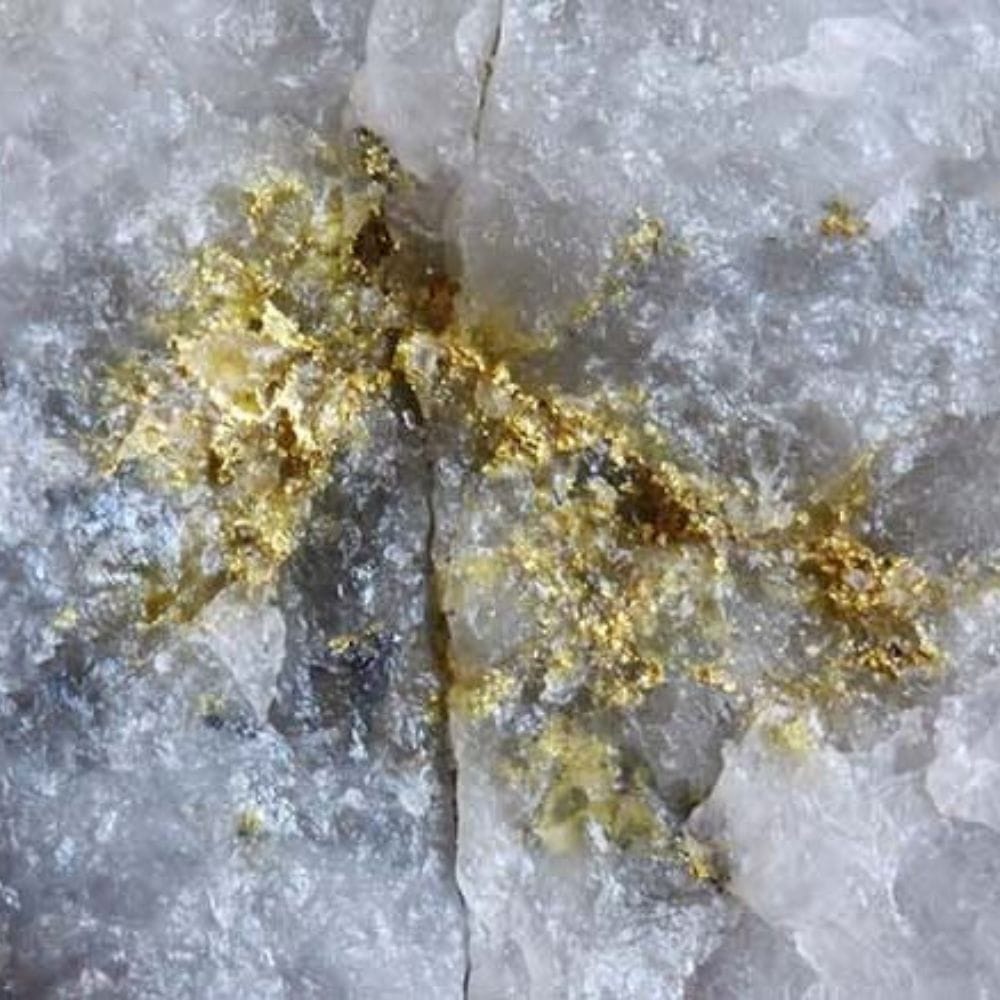
Tools Needed for Gold Prospecting
Before heading out to hunt for gold in quartz, it's important to equip yourself with the right tools. A geology hammer, a strong magnet, and a gold pan are essential. The geology hammer will help you break and crush potential gold-bearing rocks, while the magnet can be used to separate iron pyrite (fool’s gold) from real gold.
Identifying Potential Gold-Bearing Quartz
When searching for gold-bearing quartz, look for quartz veins in areas known to have historic gold activity. A quartz vein, often white, pink, grey, or purple in color, can show signs of gold when exposed to natural cracks. Using a metal detector can help identify areas with a strong signal of metal content, hinting at the presence of gold.
The Role of Color and Texture
The color and texture of quartz can provide clues about the presence of gold. Gold-bearing quartz typically has a glassy appearance and may contain other minerals like amethyst or copper. The presence of black sand in quartz can also indicate the presence of gold, as both are often found together in nature.
How to Extract Gold from Quartz
Once you've identified potential gold-bearing quartz, the next step is extraction. Crushing the quartz to a fine powder and panning it in water can help separate the gold flakes from the stone. This process requires patience and precision to ensure that the gold is not lost.
How To Find Gold on Quartz
Exploring Old Gold Mines for Quartz Rocks
When venturing into old gold mines, enthusiasts often find themselves surrounded by potential gold-bearing rocks. These historical sites are not just relics of the past but are treasure troves for modern-day prospectors. The walls of these mines can sometimes reveal veins of white quartz, which might contain traces of gold.
It's crucial to research and ensure these areas are safe and legally accessible for exploration. Tools like metal detectors can be handy in these environments to help distinguish between gold-bearing quartz and other metals.
Moreover, old gold mines provide a unique insight into the mining techniques used in the past. As you explore these ancient workings, you might come across large pieces of quartz that were once overlooked.
These can sometimes house gold nuggets or gold dust embedded within them. It's a thrilling experience to 'walk in the miners' boots' and potentially find pure gold where it was first discovered.
Always remember to respect the historical significance of these sites and consider guided tours if available, to gain more educational insights.
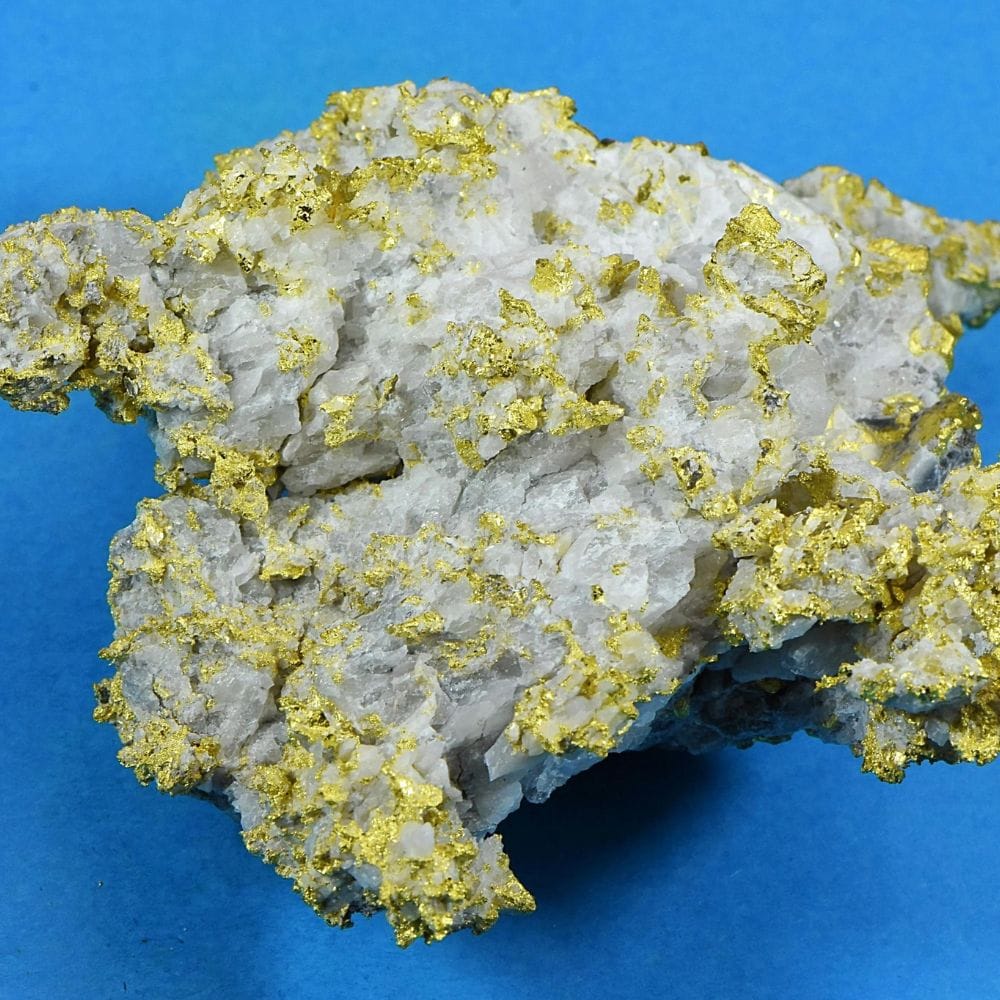
Tips for Spotting High-Yield Quartz Rock Areas
When hunting for gold-bearing quartz, knowing where to look can significantly increase your chances of success. Certain areas are more likely to contain these valuable rocks, especially regions with a history of gold mining.
Start by researching old mining maps and geological surveys which often highlight areas where gold-bearing quartz has been found before. These resources can be invaluable in pinpointing potential hotspots.
Additionally, areas with volcanic activity and mountainous regions are often good places to start due to the natural processes that form quartz and gold together.
Besides historical data, the natural environment can also give clues about where to find quartz rock that might contain gold. Streams that cut through known gold-bearing areas can tumble and expose quartz rocks, making them easier to identify.
Look for bends in rivers where heavier materials like gold and quartz might accumulate. Also, pay attention to the color of the soil; regions with a high mineral content often have a reddish or yellowish tint, hinting at the presence of valuable minerals below the surface.
The Historical Significance of Gold-Bearing Quartz
Gold-bearing quartz has not only been a cornerstone in the pursuit of gold by prospectors but also holds a storied place in human history. This rare material has been sought after for centuries, often symbolizing wealth and luxury.
Historical records show that ancient civilizations, such as the Egyptians and Romans, utilized quartz containing gold in various decorative and functional items, showcasing its enduring appeal.
The allure of gold-bearing quartz continues today, not just among those looking to strike it rich, but also among collectors and historians who appreciate its historical significance.
Moreover, the rarity of gold-bearing quartz makes it a highly prized find in the world of gemstones and minerals. Each piece tells a unique geological story, often formed under extreme conditions that align the presence of quartz with rich veins of gold.
Museums and private collections across the globe proudly display specimens of this material, often accompanied by tales of their discovery and the historical gold rushes that brought them to light. These stories enrich our understanding of the mineral's role in cultural and economic development throughout the ages.
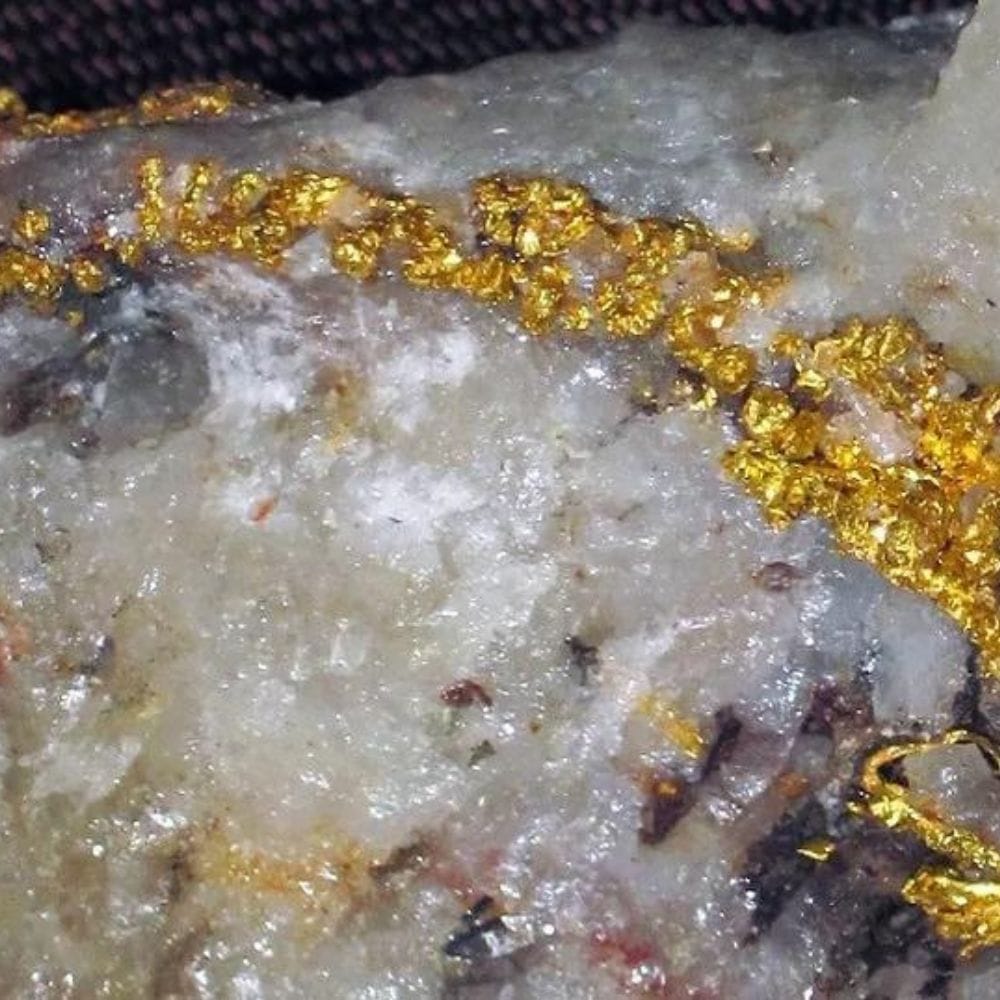
Advances in Identifying and Processing Gold-Bearing Quartz
With technological advancements, the methods used to identify and process gold-bearing quartz have significantly evolved. Modern prospectors and geologists now employ tools like portable x-ray fluorescence (XRF) analyzers, which allow for immediate chemical analysis of potential gold-bearing rocks on-site.
This technology not only speeds up the prospecting process but also increases the accuracy of identifying gold content, minimizing the risk of overlooking valuable material or mistaking fool’s gold for the real thing.
In terms of processing, new techniques have been developed to extract gold more efficiently from quartz. One such method involves the use of eco-friendly chemical leachants that dissolve the gold out of the quartz without the need for large-scale mining operations.
These advancements not only enhance the ability to recover gold but also reduce the environmental impact associated with traditional gold mining methods. As a result, prospectors can achieve better yields while adhering to stricter environmental standards, making the pursuit of gold-bearing quartz both more sustainable and profitable.
Using Technology to Identify Potential Gold-Bearing Rocks
Advancements in technology have made it easier than ever to identify potential gold-bearing rocks like quartz. One useful tool is a portable metal detector specifically calibrated for gold.
This can help you scan large areas more efficiently, alerting you to the presence of metallic minerals. For a more in-depth analysis, consider using a geologist’s loupe, a small magnifying glass that allows you to examine the fine details of rocks to spot signs of gold inclusion.
Furthermore, smartphone apps are now available that can assist in rock identification. These apps often feature databases of images and characteristics of different rocks and minerals, including quartz and fool’s gold.
By comparing your finds with high-quality photographs and detailed descriptions, you can quickly learn to distinguish between valuable gold-bearing quartz and less desirable materials. Remember, the key is to combine these technological tools with traditional prospecting methods for the best results.
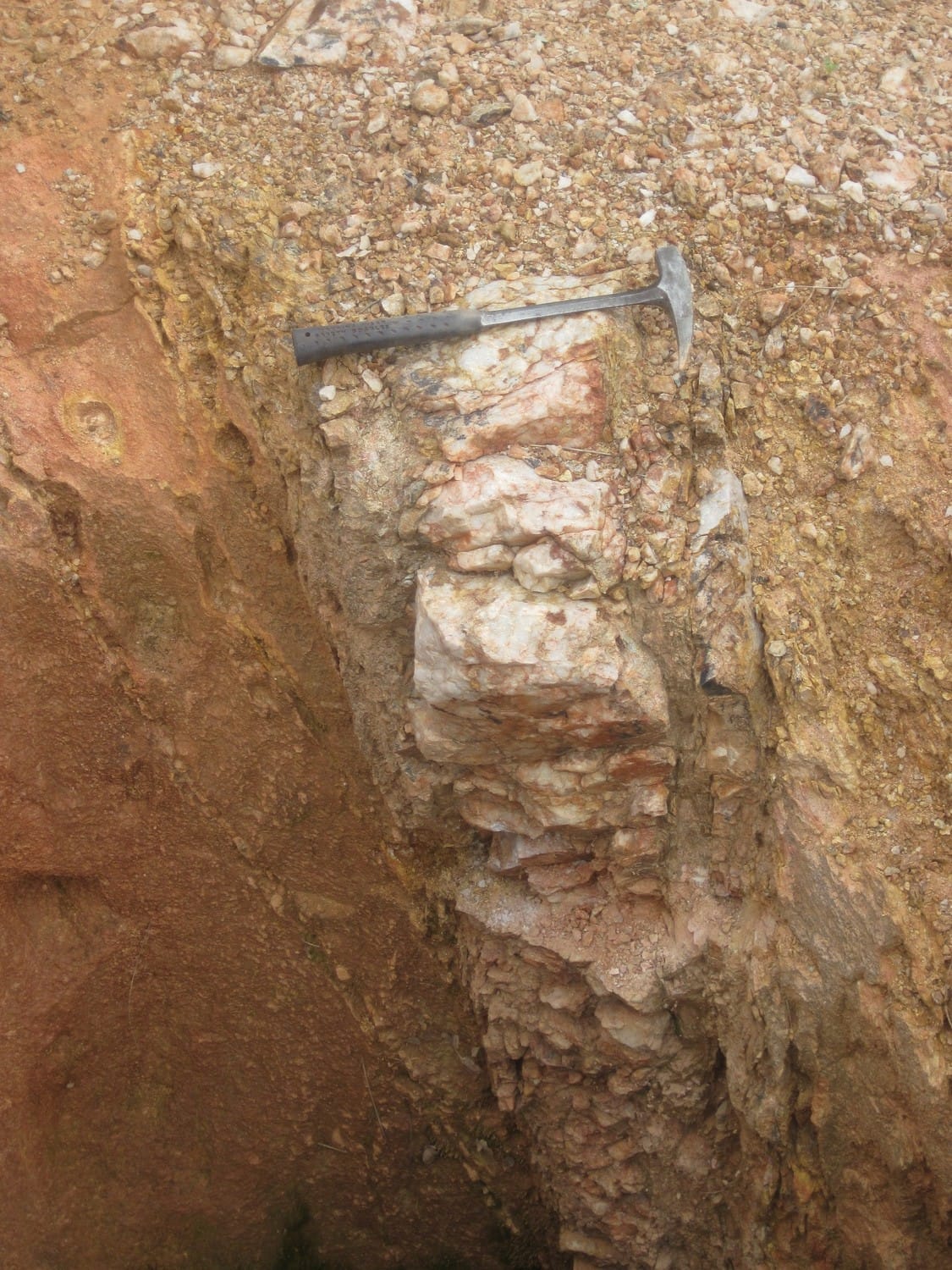
Techniques to Separate Gold from Quartz
Separating gold from quartz can be an exhilarating yet challenging task. One of the first methods involves using a hammer and chisel to chip away the quartz and free gold that's trapped inside.
This method requires patience and a steady hand, as gold separates from quartz in smaller pieces, which are easy to lose. Another popular method is the use of chemicals like hydrochloric acid or bleach, which can dissolve the quartz and leave behind the gold. However, this method should be used with extreme caution and proper safety gear.
For those looking for a less labor-intensive approach, there are a few ways to let nature do the work. Gold panning is one such technique where crushed quartz is swirled in a pan with water to let the gold, being heavier, settle at the bottom. This method is particularly effective with finely crushed quartz and can be a fun, educational activity for all ages.
Whether you're using brute force or chemical treatments, the process of extracting a gold portion from quartz is a rewarding experience that offers a hands-on connection with the earth's geological wonders.
Recognizing Fool’s Gold
It's important to distinguish between real gold and fool’s gold (iron pyrite). Real gold will be malleable and shiny without any tarnishing, while pyrite is harder on the Mohs scale and will shatter rather than bend. A simple scratch test against porcelain can help you verify if you've found real gold.
Safety First
Gold prospecting can be physically demanding and sometimes dangerous. Always wear appropriate safety gear, including gloves, eye protection, and sturdy boots. Be aware of your surroundings, especially in remote or rugged areas, and always prospect with a partner for safety.
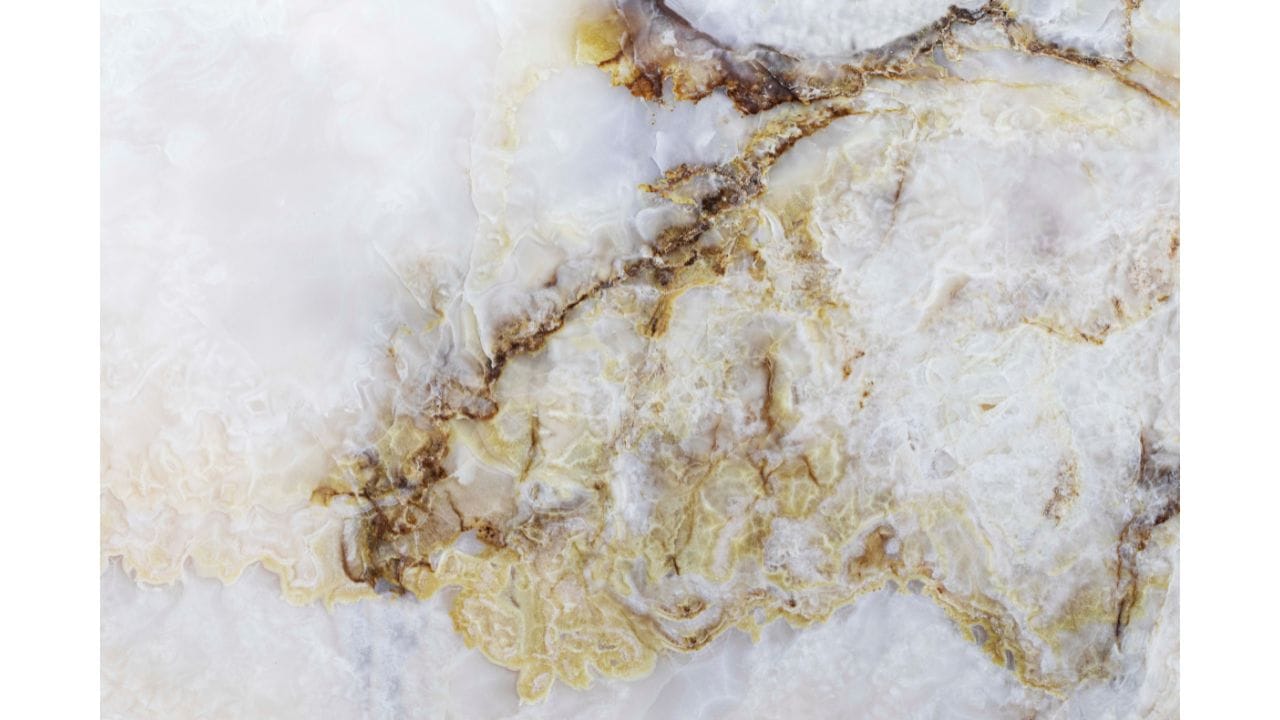
Cleaning and Storing Your Finds
After extracting gold from quartz, proper cleaning and storage are important to preserve the quality of the gold. Use gentle cleaning methods to avoid damaging the delicate gold flakes or nuggets. Store your gold in a fabric-lined case or a secure container to prevent scratches or loss.
The Reward of Patience
Finding gold in quartz is not a quick process. It requires patience, persistence, and a keen eye for detail. The rewards, however, can be great—not just in potential value but also in the satisfaction of uncovering a hidden treasure of nature.
Joining a Community
Consider joining a community of miners and prospectors. This can provide valuable insights, tips, and camaraderie. Learning from experienced prospectors can greatly enhance your skills and increase your chances of success.
Some Final Thoughts
Finding gold on quartz is an enriching activity that combines geological science with the excitement of discovery. By understanding the conditions under which gold forms with quartz, equipping yourself with the right tools, and applying careful techniques, you can increase your chances of finding this precious metal. Remember to respect legal guidelines and prioritize safety to make your prospecting experience both rewarding and enjoyable.
Stuff You Need To Know!
Here at TopRatedStuff.com the outdoors is our home. We offer comprehensive reviews on all outdoor gear, sporting goods, and many other top rated products. If you’re a Camper/Backpacker/Fisherman, we’ve got you covered!
If you’re into Tennis/Golf/Pickleball, we’ve got everything you need including informative tutorials and informational articles. Maybe you’re a Prospector/Miner? We’ve got all the gear you need to get started and many great articles that will help you succeed!
We read through countless reviews online and only talk about the best rated top selling products so you can skip all the research and purchase whatever it is you’re looking for, quickly and efficiently!
Thanks Again for checking out our site and we hope you come back and visit us for any of your purchases! Natures gym is always open! Find your Zen outside!
FAQ's
Q1: Where is the best place to find gold-bearing quartz? A1: Gold-bearing quartz is typically found in regions with historic gold mining activity. Areas known for large gold deposits and volcanic hydrothermal activity are ideal.
Q2: How can I tell if the quartz I found contains real gold? A2: Real gold has a distinct yellow color and is malleable. You can conduct a scratch test or use a magnet to check for iron pyrite, which is magnetic and more brittle.
Q3: Do I need any special permission to prospect for gold? A3: Yes, in many areas, you need written permission or a permit to prospect for gold, especially on public lands or private properties. Always check local regulations before starting your search.
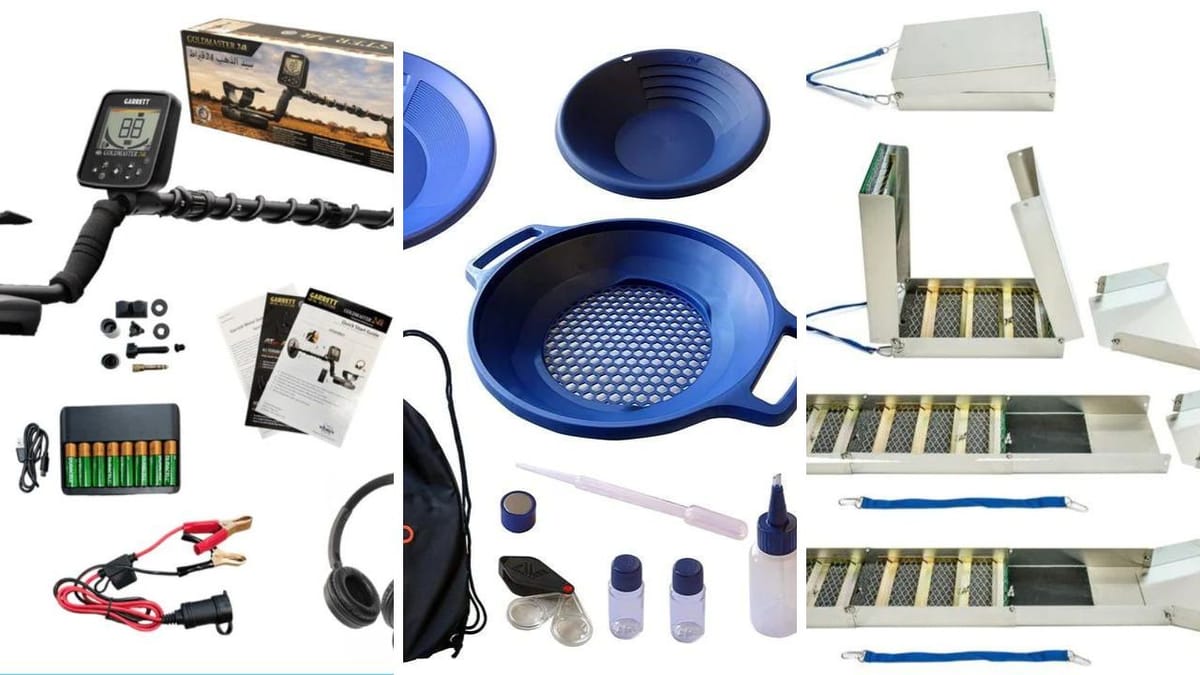
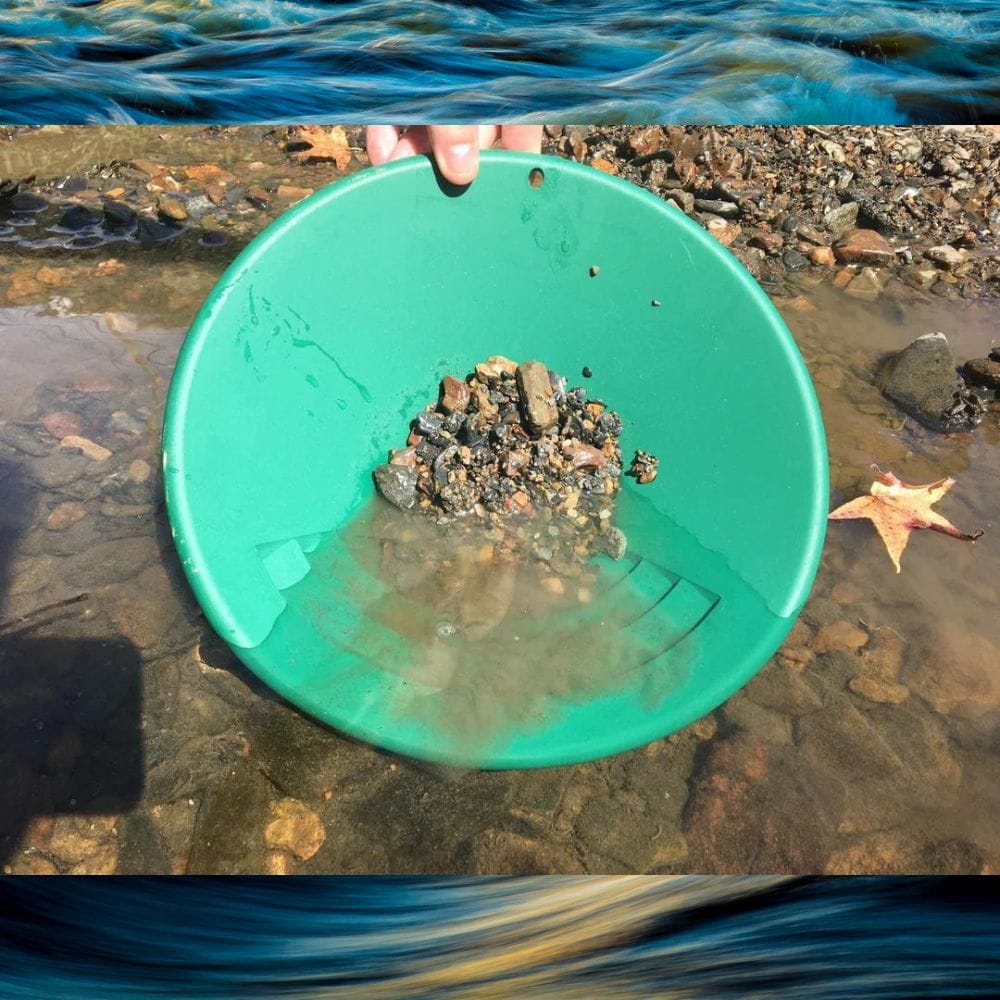

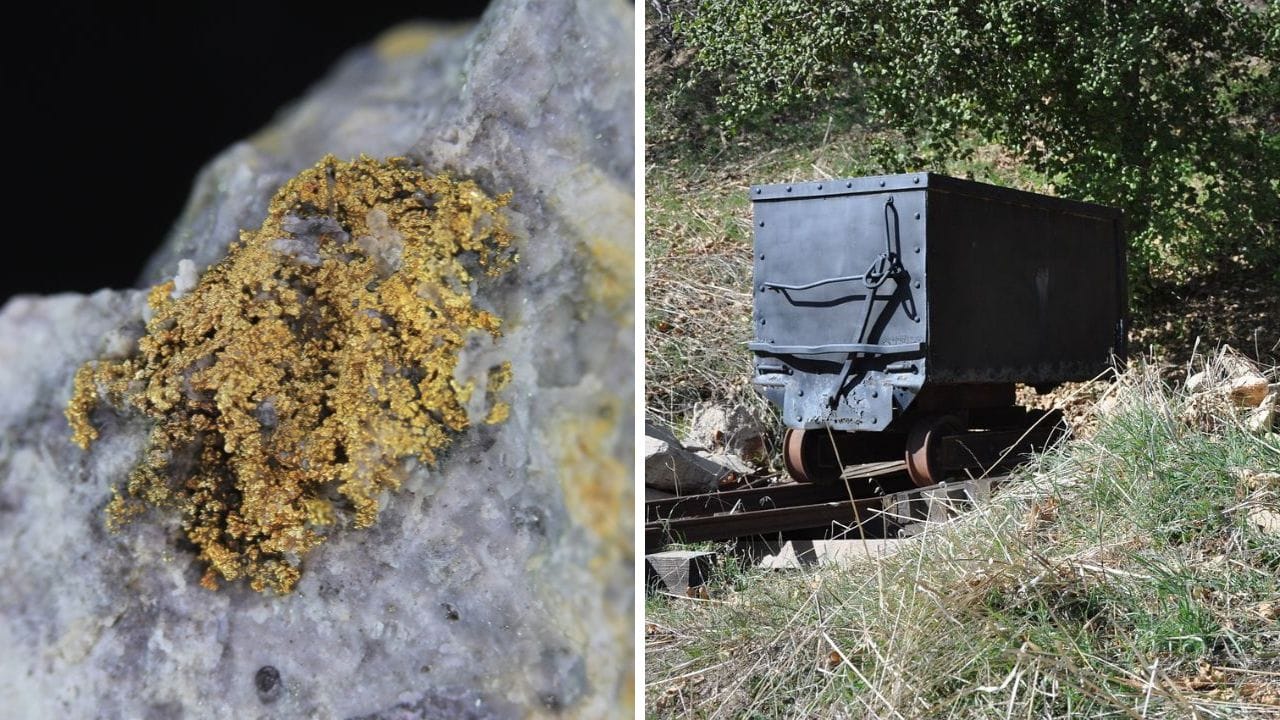




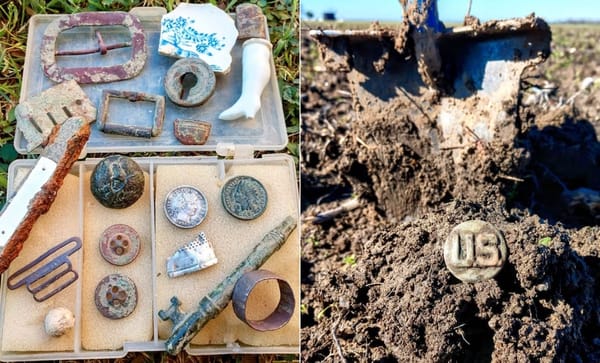
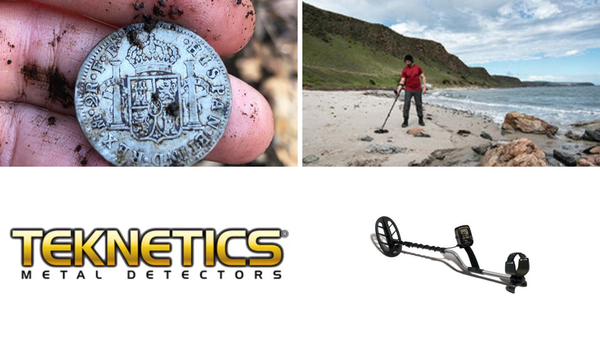
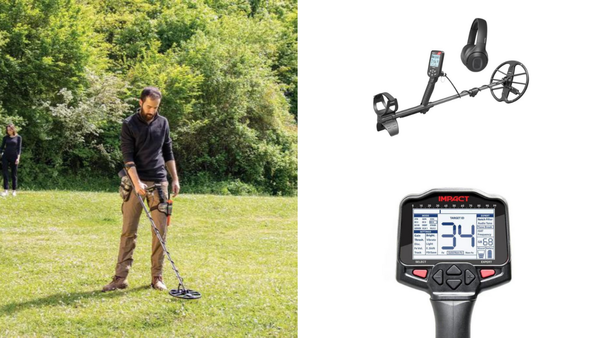
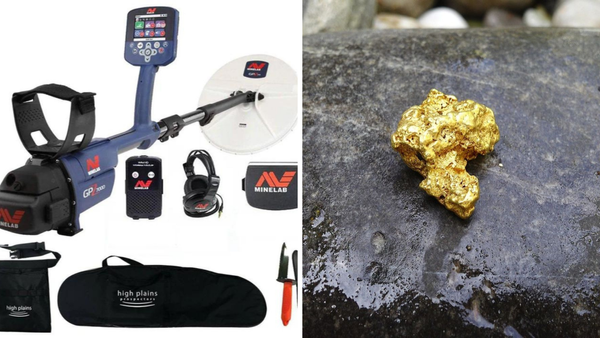

Member discussion